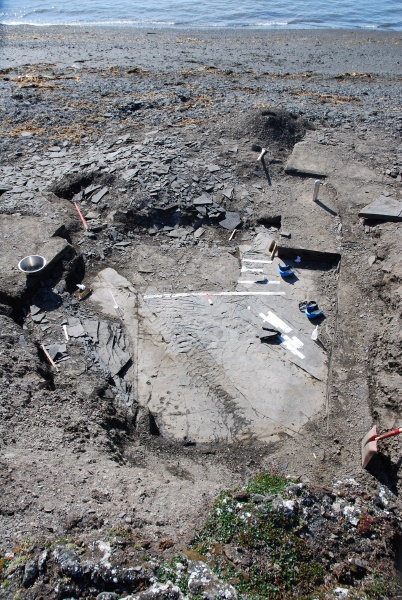A 240 million year-old Ichthyosauria specimen went on display at Tromsø University Museum in northern Norway. The Botneheia ichthyosaur, presumably a new species, was the largest predator of its day.
A team from the University of Tromsø, the Norwegian Polar Institute, and the University of Tübingen discovered the exceptionally large specimen at Svalbard, Norway. The preparation and exhibition of the fossil was sponsored by the Norwegian oil company StatoilHydro.
What species is it?
The fossil from the Botneheia Formation at Sauriedalen, Svalbard belongs to the Ichthyosauria (meaning ”fish-lizards”), a large group of marine reptiles that roamed the oceans for most of the Mesozoic. It is among the more “primitive” and early ichthyosaurs of the Triassic that the new find from Svalbard finds its place.
As no large ichthyosaurs have so far been described from the Middle Triassic of Svalbard, there is a high probability that one is dealing with a genus and species new to science.
